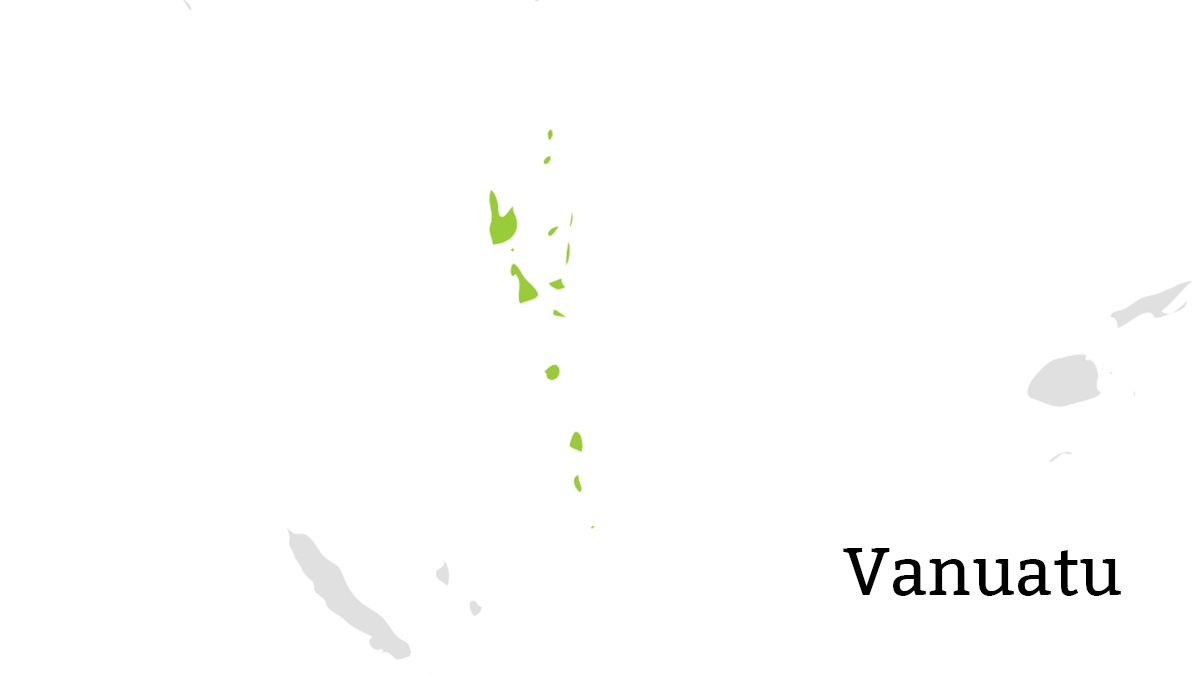
Vanuatu is an archipelago nation in the South Pacific and is classified as a small island developing state (SIDS) and a “least developed country” (LDC). Its roughly 300,000 population is spread out over 65 inhabited islands across a distance of approximately 1,300 km.
As detailed in the 2018 Affordability Report, archipelago countries, like Vanuatu, have some of the highest industry costs for providing internet access. This high industry cost presents a challenge in offering tariffs affordable for large numbers of the population and, in turn, creating a scalable digital economy that relies on connectivity. This helps explain why countries in Oceania have some of the least affordable mobile broadband tariffs in the world.
Broadband connectivity has been recognised as a political priority. The ten-year 2006 Priorities and Action Agenda identified a lower cost for internet access as a key national priority. The 2013 National Information and Communication Technology Policy identified international backhaul as the most pressing challenge to the country’s broadband objectives, comparing the widespread use of mobile phones (over 99% of households) compared to the exclusionary and high tariffs for mobile data.
Vanuatu has historically relied on satellite connectivity for international backhaul, even though this technology has traditionally been quite expensive. This keeps internet access unaffordable for many across Vanuatuan society. Even with dramatic improvements in capacity, cost and reach over the period 2008-2018 for satellite technologies, it is still expensive, hence a pressing need for cheaper modes of connectivity.
Unsurprisingly, given the high costs for internet connectivity in Vanuatu, internet penetration rates have been low. In 2000, only 2.1% of people in the country used the internet. In 2010, that figure rose to 8% and nearly tripled by 2015 to 22.4%. Greater bandwidth capacity was essential to grow the country’s digital market and provide more affordable internet access across the archipelago.
Vanuatu became physically connected to the internet for the first time January 2014 with the construction of the Interchange Cable Network 1 (ICN1) cable, connecting Sava, Fiji, with Port Vila, Vanuatu, spanning over 1,200 kilometres.
The ICN1 is an international submarine fibre optic cable system connecting Vanuatu directly to the Southern Cross Cable Network spanning from the United States to Australia, one of the most important transpacific cables. The ICN1 was initially able to carry 20Gbps capacity – over 200 times Vanuatu’s capacity at the time of first connection – with a maximum capacity of up to 1,280 Gbps.
ICN1 was made a reality through a public-private partnership involving Interchange Limited; Vanuatu Post Limited, the national postal service; and the National Provident Fund, the state pension fund.
Funding was primarily secured from the public sector, with the National Provident Fund being a majority shareholder of the cable, while implementation was led by the private sector. This allowed for the pooling of essential starting capital to enable the heavy, up-front cost for the construction of the cable system before any revenue could be generated.
The cable’s deployment greatly increased international bandwidth capacity, with lower prices and faster connection speeds for users. This came through greater reliability and industry capacity. Within a year of the cable’s introduction, the average wholesale price for bandwidth capacity dropped to nearly a third of its cost via satellite connection. Average international bandwidth per internet user tripled between 2010 and 2017.
Consumers saw clear improvements in internet services and affordability. Mobile internet prices dropped 95% over the six year period of 2011-2017. There were also positive developments as it concerns competition in Vanuatu’s telecommunications arena with ISP Wantok launching a fixed wireless 4G/LTE network in 2014 followed by mobile operators Digicel and TVL entering the Vanuatu market in 2016 and 2017, respectively.
This connectivity has had benefits for the country in other sectors, as well. The University of South Pacific, as of August 2017, intended to acquire submarine fiber-optic capacity from Vanuatu and other regional member countries, to facilitate greater connectivity and accessibility to its education and research services by regional campus students. Vanuatu’s first telemedicine facility was launched in the remote village of Naviso in July 2016. The project is part of the Vanuatu Inter-Island Telemedicine and Learning Network pilot project.
Suggested Citation: Alliance for Affordable Internet (2020). “Vanuatu: Building partnerships for affordable backhaul infrastructure.” Good Practices Database. Washington DC: Web Foundation.
